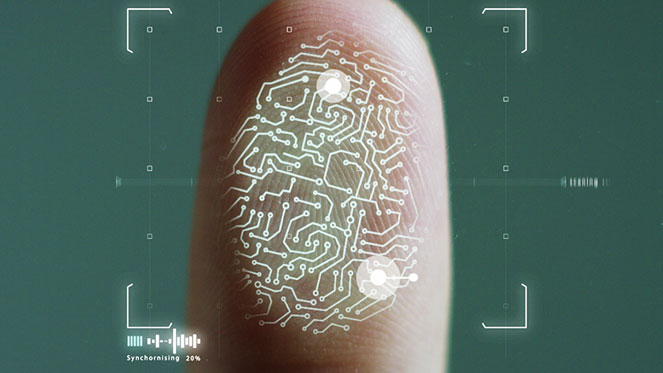
Fingerprint Evidence is Circumstantial, Not an Identification
Carnegie Mellon’s Joseph B. Kadane To Present “Fingerprint Science” at Annual Scientific Meeting of the American Academy of Forensic Sciences on Feb. 16
By Shilo Rea
Crime shows like Dateline or NCIS portray fingerprint analysis as an exact science. There’s a print found, and if it is matched to a suspect, there is no doubt about its accuracy. The U.S. judicial system also treats fingerprint identification with the same absolute certainty.
But, there is no scientific basis for this critical assumption about fingerprint identifications. Carnegie Mellon University’s Joseph B. (Jay) Kadane will present how fingerprint analysis should instead be considered circumstantial evidence at the 69th Annual Scientific Meeting of the American Academy of Forensic Sciences.
"Fingerprints can be useful for eliminating suspects or linking crimes together, but as an identification tool, they are not as infallible as TV shows and judges and jurors are made to believe," said Kadane, the Leonard J. Savage University Professor of Statistics, Emeritus, in the Dietrich College of Humanities and Social Sciences.
In "Fingerprint Science," Kadane will show how a fingerprint analyst may observe common characteristics between the mark left at a crime scene and a fingerprint on file. However, there is no current scientific basis to estimate the number of people who share these characteristics. In particular, there is no science to support the conclusion that only one person, the person whose fingerprint is on file, could have left the mark.
"Fingerprint analysts are exaggerating what they can do, and policies need to be changed to prevent this from happening. Courts need to stop accepting fingerprint identifications — because they have no scientific basis," Kadane said.
The Annual Scientific Meeting of the American Academy of Forensic Sciences takes place from Feb. 13-18 in New Orleans.